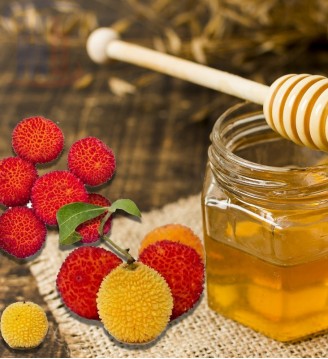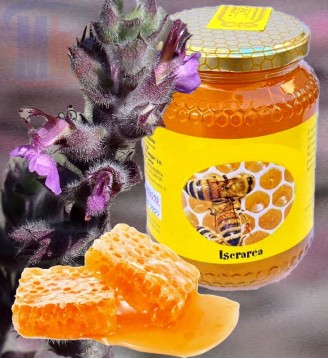
Honey
Extracted and processed with traditional Sardinian techniques of own production. Sardinia’s honey is 100% organic, with no additives or water, which would significantly compromise its exceedingly high quality and beneficial properties.
Our local producers and beekeepers work carefully with several species of flowers, including lavender, arbutus, Sardinian Asphodel, Sardinian Eucalyptus to Teucrium Marum.
-
0 Review(s)
Sardinian Strawberry Tree...
The arbutus is the main, precious source of this fine bitter honey.
As a matter of fact, Sardinia has one of the largest productions of arbutus in the world, thanks to the considerable extension of the vegetation on the island.
-
Sardinian Eucalyptus Honey
Sardinian eucalyptus honey. Very aromatic and with a peculiar flavor close to the species from which it takes its name, it is appreciated in treatments against colds and lung diseases.
-
Millefiori Honey from Sardinia
Multi-flora honey (wildflower) is produced from the flowering of various botanical sources which in our territory are mainly wild lavender, asphodel, clover, thistle, heather, cistus, myrtle and eucalyptus.
-
Honey of Teucrium Marum...
The camedrio maro, or catnip, is a subendemic species found in Sardinia, Corsica, in some islands of the Tuscan Archipelago, the Hyères islands in Provence and in a few separate locations along the Dalmatian coasts.
It grows under the Sun in open and rocky environments, with primitive soils rich in skeleton, dry in summer on both calcareous and siliceous substrates, from sea level to about 1200 meters (rarely higher), but con optimum in the Mediterranean belt.
The plant contains several essential oils that give it an intense and pungent smell; the flowered tops are used for its cholagogue properties while the powder has a sneezing action; the plant has an exciting action on cats, hence one of the Italian names









